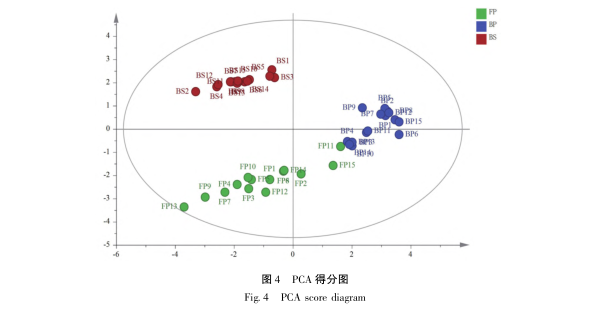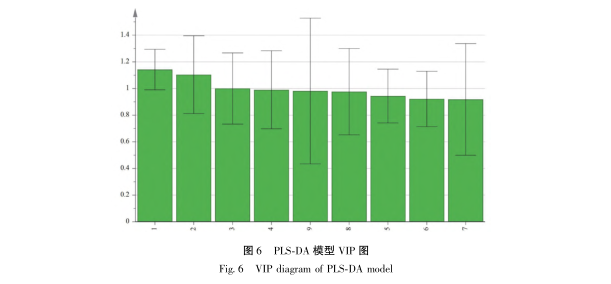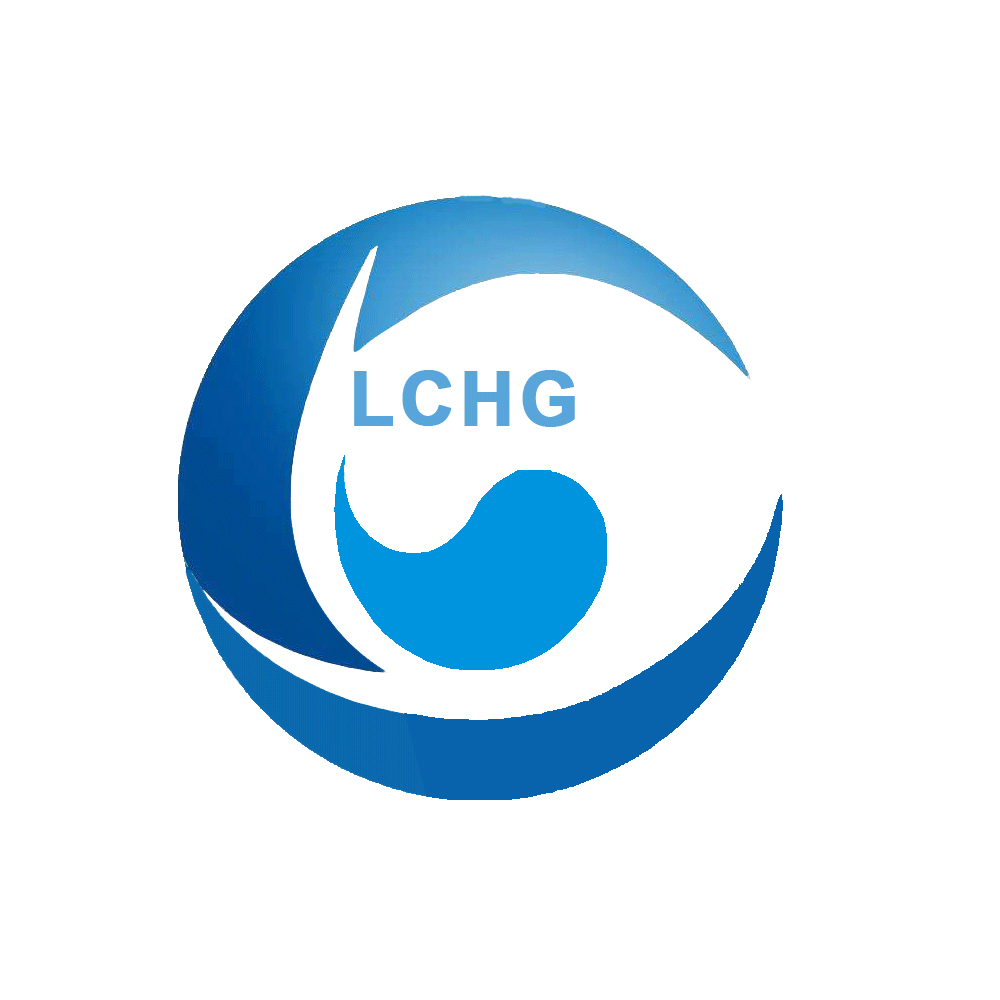Determination of multi-component content in fennel root bark based on UPLC and quality analysis at different flowering periods in plum blossoms
Mei has a long and profound cultivation history in China, with a wide variety of varieties. It is a perennial small tree or shrub, and its flowers and fruits can be used for medicinal purposes. Plum blossom is one of the traditional flower medicinal herbs in China. According to the Compendium of Materia Medica, plum blossom has a flat nature, slightly sour taste, and belongs to the liver, stomach, and lung meridians. It is included in the Pharmacopoeia of the People’s Republic of China (hereinafter referred to as the “Chinese Pharmacopoeia”) and is derived from the rose plant Prunus mume (Sieb.) Sieb Dried flower buds of et Zucc. It has the effects of soothing the liver, resolving phlegm, and dispersing nodules. It is commonly used to treat plum blossom qi, liver and stomach qi pain, depression and irritability, poor appetite, and scrofula. Plum is cultivated in various regions of China, and the main medicinal areas for plum blossoms are Jiangsu, Zhejiang, Anhui, and other regions.
Currently, there are over a hundred chemical components that can be isolated from plum blossoms, mainly including volatile components, flavonoids, phenolic acids, acylation products, phenolic glycosides, and alcohol glycosides; Among them, phenolic acids and flavonoids have various pharmacological activities, such as antibacterial, anti-inflammatory, antioxidant, and inhibition of melanin production, which are the main material basis for the pharmacological activity of plum blossom. The current version of the Chinese Pharmacopoeia specifies three content determination indicators: chlorogenic acid, hyperoside, and isoquercitrin. Zheng et al. conducted quality control based on the content of six components in plum blossom, including rutin, hyperoside, isoquercitrin, quercetin, kaempferol, and isorhamnetin. However, there have been no reports on the content of other flavonoids, and research on quality control for plum blossom is still relatively scarce.
Considering that phenolic acids and flavonoids are the basic substances for the pharmacological effects of plum blossoms, this study is based on a literature survey. Three representative phenolic acids, namely neochlorogenic acid, chlorogenic acid, and cryptochlorogenic acid, as well as six representative flavonoid components, namely hyperoside, isoquercitrin, rutin, quercetin-3-O-glucoside, naringenin, and kaempferol-3-O-rutinoside, were selected as quality control indicators. A UPLC method was established to simultaneously determine the content of nine indicator components in plum blossom medicinal materials. 45 batches of plum blossom medicinal materials were collected and divided into three categories: bud stage, peak flowering stage, and late flowering stage. The differences in their chemical composition content were compared and analyzed.
Due to the complex chemical composition of plum blossoms, it is difficult to evaluate the quality of medicinal materials through changes in a single component. However, in this study, the trend of quality changes can be inferred by simultaneously measuring multiple types of active ingredients to reflect changes in content at different times. According to historical records in traditional Chinese medicine, there are differences in the quality of plum blossoms between those who have not yet bloomed and those who have bloomed. However, there are currently no in-depth reports on the quality research of different growth stages. Therefore, comparing the quality of plum blossoms during different flowering periods is of great significance for determining the harvesting period of plum blossoms.













The content determination results of this study showed that the content of major phenolic acids such as neochlorogenic acid and chlorogenic acid in plum blossom medicinal materials during different flowering periods was highest during the bud stage, while the content of flavonoids such as hesperidin, isoquercitrin, and rutin was highest during the peak flowering period. The changes in the content of phenolic acid components are consistent with the trend reported in the literature, that is, the content of chlorogenic acid decreases with the flowering stage from the bud stage to the end flowering stage. Therefore, the main reason for the differences in flowering periods of plum blossoms is the variation in phenolic acid composition.
In recent years, the use of multi-component analysis combined with chemical pattern recognition to analyze the differences in traditional Chinese medicine samples has been widely applied in the research of traditional Chinese medicine quality evaluation. This study explored the method of identifying different flowering periods of plum blossom medicinal materials by simultaneously measuring the content of 9 components in 45 batches of plum blossom medicinal materials and analyzing them using chemical models. In the HCA analysis results, the plum blossom samples from the three flowering periods were clustered into three categories, with all plum blossom samples from the bud stage clustered into one category, most plum blossom samples from the late flowering period clustered into one category, and all samples from the peak flowering period clustered into one category. The results showed that there were significant differences in the composition of plum blossom medicinal materials during different flowering periods. Combining PCA and PLS-DA, further analysis was conducted on the quality difference markers of plum blossoms at different flowering periods. The results showed that the plum blossom samples at the three flowering periods were significantly located in different spatial positions, reflecting the differences in plum blossom samples during different flowering periods. At the same time, it was found that three phenolic acid components, namely neochlorogenic acid, chlorogenic acid, and cryptochlorogenic acid, contribute significantly to the differentiation of samples from different flowering periods. This is consistent with the conclusion that the content of the main phenolic acid components in different flowering periods of plum blossoms varies.
In summary, this study established a method for determining the content of multiple components in plum blossom medicinal materials, providing important reference for improving the quality standards of plum blossom medicinal materials. At the same time, combined with chemometric analysis, the differences in phenolic acid components during different flowering periods of plum blossom were revealed, and quality control was carried out to reflect the quality change attributes of plum blossom.
